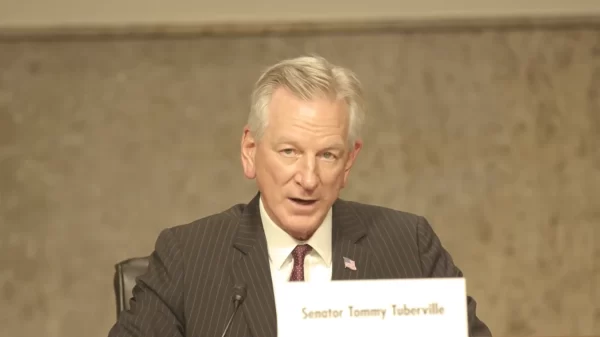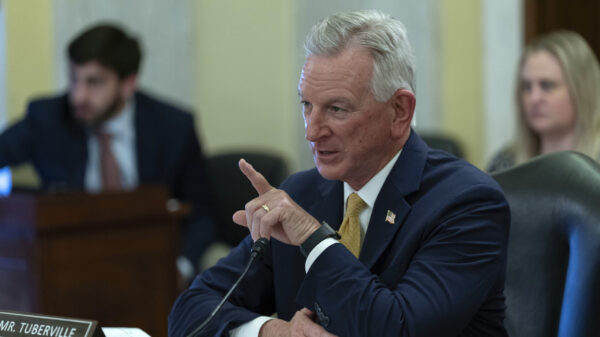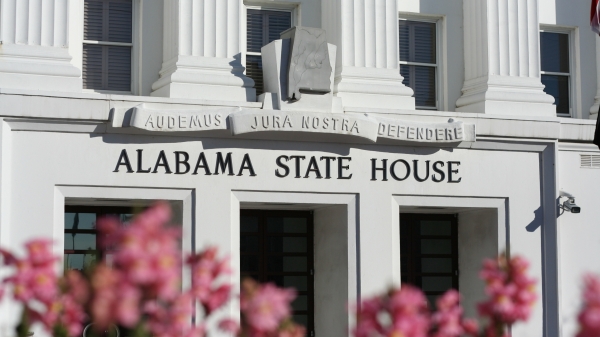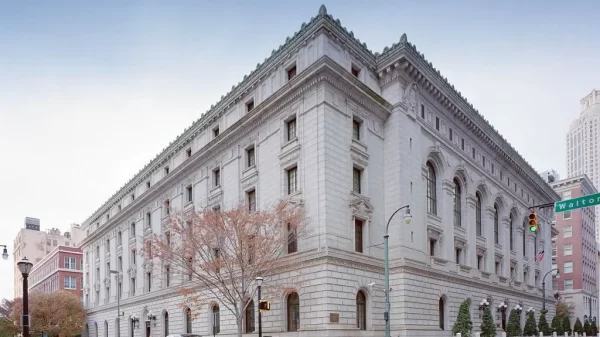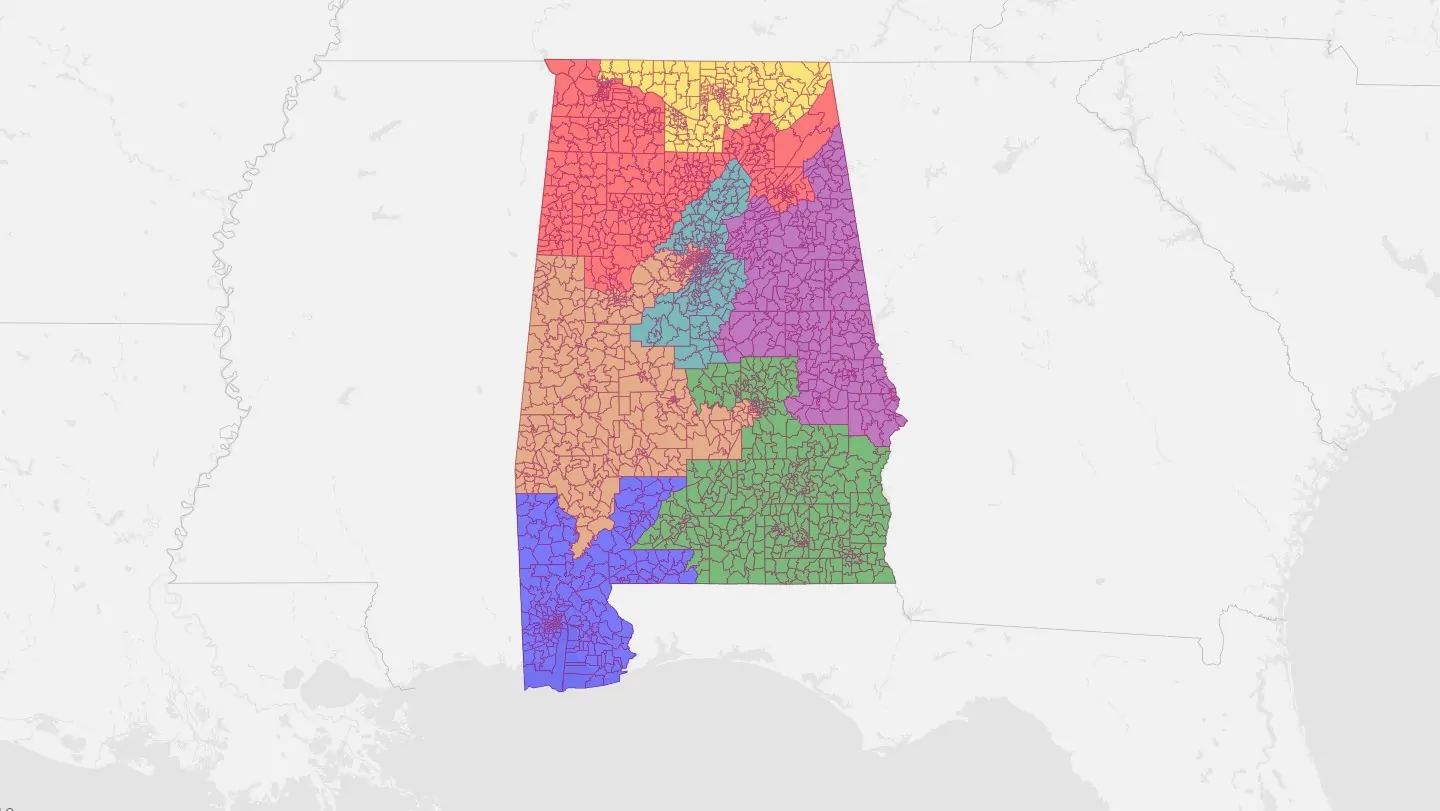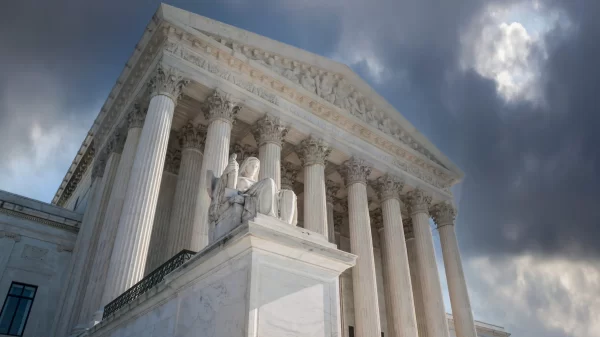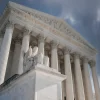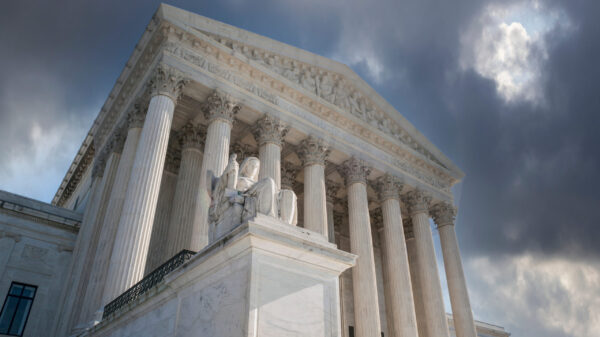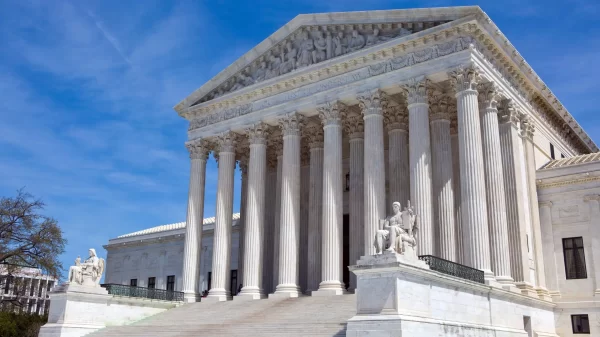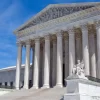|
Getting your Trinity Audio player ready...
|
Regardless of the Supreme Court’s decision on Alabama’s new Congressional district map, State Rep. Chris Pringle, R-Mobile, said the Legislature followed the law as he understood it at the time.
Pringle, who shepherded the redistricting legislation in the House, said there’s a conflict between the 14th amendment of equal protection for all and Section 2 of the Voting Rights Act protecting minority individuals, and that the court would have to decide which holds more weight.
Oral arguments in the case will be heard by the U.S. Supreme Court on Tuesday, Oct. 4, and Pringle echoed the same argument that the supporting legislators have made since passing the map a year ago.
“We followed what we thought was the current law based on court decisions,” Pringle said. “The lawyers we used are experienced redistricting and reapportionment lawyers and we did exactly what they told us to do. The three-judge (federal) panel decided we should have relied much heavier on race. We thought in the past we couldn’t rely so heavily on race, so we drew the maps race neutral, then turned on race.”
That federal three-judge panel ruled in favor of the plaintiffs, agreeing with the plaintiffs that the remedy is a second majority-minority district.
“… the court concludes that the … plaintiffs are substantially likely to establish each part of the Supreme Court test, including: (1) that Black Alabamians are sufficiently numerous to constitute a voting-age majority in a second congressional district; (2) that Alabama’s Black population in the challenged districts is sufficiently geographically compact to constitute a voting-age majority in a second reasonably configured district, (3) that voting in the challenged districts is intensely racially polarized, and (4) that under the totality of the circumstances, including the factors that the Supreme Court has instructed the court to consider, Black voters have less opportunity than other Alabamians to elect candidates of their choice to Congress,” the ruling read.
Pringle said that his understanding of the Voting Rights Act is that the percentage of a minority population in the state should not factor into the mapping.
“It clearly says ‘nothing in this act shall be construed to be based on percentage of minority population,’” Pringle said. “You don’t ignore contiguous, compact communities to draw minority districts.”
Multiple Alabama organizations including lead plaintiff Evan Miliigan of Alabama Forward will be in D.C. during the oral arguments holding a rally outside of the Supreme Court. A decision to allow the maps to stand, they say, could significantly weaken the Voting Rights Act.
A decision is expected to come in February or March of 2023, right as the Alabama Legislature begins a new legislative session.
Should the Supreme Court uphold the ruling of the federal court, Pringle said legislators will be ready to redraw the maps according to the court’s guidelines.
“We have to do whatever the court asks us to do,” Pringle said.

